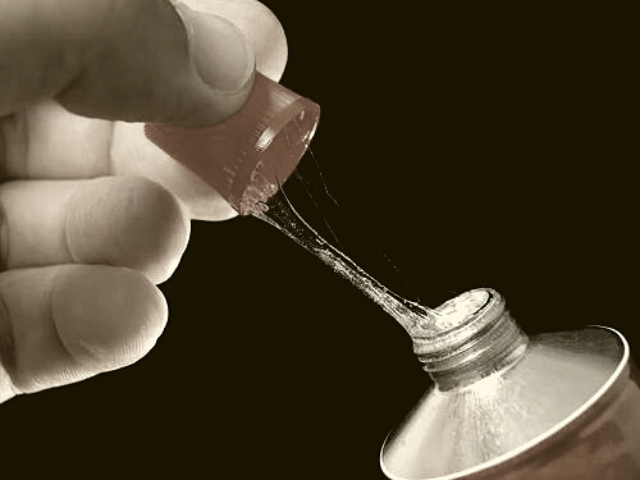Super glue is a famous for fast-acting adhesive that’s often used to repair small, delicate items. However, super glue isn’t the only type of adhesive that can be used to repair small items. There are several other types of fast-acting adhesives.
So, what is the technical name for super glue type adhesives?
The technical name for super glue-type adhesives is cyanoacrylate adhesive. These glues contain a cyanoacrylate chemical, which makes them particularly useful for repairing broken objects. Cyanoacrylate adhesives are also known as instant glues or quick-dry glues because they dry almost instantly when exposed to air or humidity.
They’re commonly used in medical settings because they create strong bonds that won’t break when wet or come apart with friction like some other glues and tapes do. Read on to learn more about the technical name for super glue-type adhesives such as these!
Read More: What Are Considered to be Among the Earliest Adhesives?

What is the Difference Between Cyanoacrylate and Super Glue?
Cyanoacrylate glue is a general term for glues that cure (dry) through a chemical reaction between two compounds: acrylonitrile and butadiene (two ingredients found in many types of super glue) or cyanoacrylate esters. Cyanoacrylate adhesives are often referred to as super glues or instant adhesives.
While there are several types of cyanoacrylate adhesive, they all share the same general properties. For instance, all super glues have a very fast setting time (about 30 seconds) and are water-resistant. The only real difference between one type of super glue and another is the glue’s viscosity (thickness) and the container’s size.
Types of Cyanoacrylate Adhesives
Polymer Cyanoacrylate Adhesives
An example of polymer cyanoacrylate is ethylene-vinyl acetate (EVA). This cyanoacrylate adhesive is a highly flexible, rubber-like material used in shoe soles, sports equipment, and toys.
Acrylonitrile Butadiene Symmetric (ABS) Cyanoacrylate Adhesive
An example of an ABS cyanoacrylate adhesive is Bis-Amino Methyl Ethyl Ether (BAME). BAME cyanoacrylate is used in manufacturing items like toys, bath toys, and plastic aquarium furniture
N-Butyl Cyano Acrylate (NCA) Glue
Glues like NCA are generally used in heavy-duty manufacturing situations like airplanes, trains, and automobiles. NCA cyanoacrylate adhesive is also called acrylic.
How to Identify Which Type of Super Glue You Have?
To identify which type of super glue you have, you can check the label on the container or read the fine print on the packaging. You can also look up the product online to see if it’s identified as a specific type of cyanoacrylate glue.
Suppose the container doesn’t clearly identify the type of glue. In that case, you can narrow it down based on several other things, including viscosity and the container size. Generally, cyanoacrylate glues are very thin and runny, with a viscosity of about 10,000 cP. They’re also very small, with containers holding anywhere from 0.25 fl oz to 1 fl oz.
Read More: What Are The 6 Most Common Types of Adhesives?
What is one of the most common cyanoacrylate adhesives?
Last Opinion
Cyanoacrylate (CA) adhesives are a type of fast-curing adhesive that’s useful for quick, temporary applications. They’re generally stronger than other types of adhesives. They are able to form stronger bonds with materials like wood and metal.
Several types of cyanoacrylate adhesive exist, including ATBC, BC/EP, and NCA. Each has different properties and can be used on different materials. To identify which type of super glue you have, you can check the label on the container or read the fine print on the packaging.

